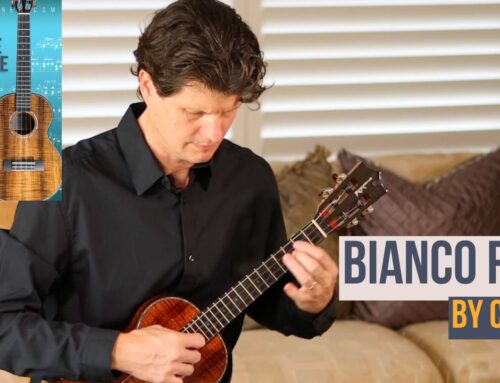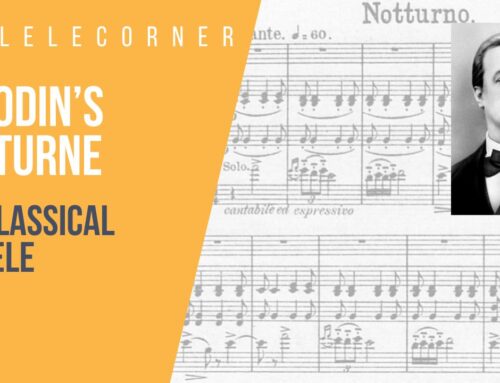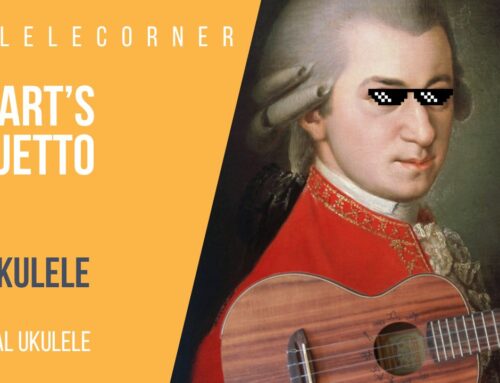High G or Low G?
As you explore learning the ukulele you will likely find early on that two tunings are used often. Both tunings are G C E A low to high but the G note on the 4th string can be higher or lower than the C on the 3rd string.
High G
The tuning with the high G note is often called the reentrant tuning and is what was used first when the ukulele was developed from the Portuguese Braguinha which arrived in Hawaii in 1879. This is the tuning that uses the “ My Dog Has Fleas” song to find the pitches when tuning.
Low G
The tuning with the low G string sounds lower than the open C note on the 3rd string and is also called the linear tuning. The reentrant term means that after playing the first higher pitch on the 4th string the C note re-enters the scale in a lower register. The linear tuning moves in a steady climb of pitch from the 4th through the high string.
Why use two tunings on ukulele?
You might wonder why I use the two tunings. I feel that both are wonderful and have two instruments ready to go in each tuning. I find the reentrant high G tuning is perfect for strumming, playing melodies across the 4th and 1st string which are only a whole step away in pitch, and for playing all styles of music. The low G tuning allows more bass lines and a wider range. I favor this tuning often for both classical and Hawaiian music when playing fingerstyle because I can play multiple parts (bass and melody) and also play many of the traditional vamps that are common in Hawaiian music.
I arrange and teach music in both tunings at the Ukulele Corner Academy and highly recommend trying both tunings. It is easy to change the 4th string back and forth. I did this for years before getting a second instrument. The wound low G 4th string settles more quickly than the high G but I find that the D’Addario strings I use stay in tune quickly. I stretch the string by holding my left hand on the string at various areas up and down the neck while stretching the string by lightly pulling it up with the right hand. I tune up the note from slightly below when doing a final tuning check.
Slack key and other tunings
Keep in mind that many tunings beyond these traditional tunings can work. I love using slack key tunings from the Hawaiian guitar tradition on the Ukulele for many keys. Each tuning requires different fingerings but can open up all kinds of new sounds and possibilities. In Canada the GCEA tuning is often moved up a step to ADF#B. Baritone ukuleles typically use a DGBE tuning like the top four strings of a guitar and can also use the reentrant or linear tuning with the low or high D note on the 4th string.
Have fun exploring the different tunings and the limitless possibilities of the ukulele.
Aloha,
Jeff Peterson




Leave A Comment